|
When swimmers come for stroke correction the first thing they say is I am too slow, I want to swim faster. Firstly, my swimmers have to swim a lap without any instruction so I can see where their technique is at, my first comment will most likely be… OK now swim back 50% the speed you just swam. When I tell people to swim slow, they will slow down, almost pause over the water but they often still rush their arm through the underwater phrase, especially on their breathing arm. This is usually due to the lack of momentum keeping their bodies afloat and this can then often lead to a 'timing limp' in their stroke. The best way to improve your technique is to slow down and be more aware of the small changes. If you rush through movements chances are you are not feeling the water and using it to your advantage. You have to learn to swim slow and find your stability and balance through your core to feel what makes you a strong swimmer. My swimmers have to swim a couple of laps with a swim float / pull buoy between their knees because a lot of swimmers use their legs as stabilisers. The purpose of swim float / pull buoys is to create extra buoyancy for your hips and to bring your body position in line so you are more streamlined. This can help you to focus on the rest of your stroke, build core strength, slow down your stroke – and a whole host of other useful things to improve your overall swimming. Once your legs are together you become streamlined but then you become unstable so most swimmers struggle with other aspects of their swim stroke… rotation, stroke timing, arm alignment, breathing and co-ordination. If you slow down your stroke to practise breathing elements or arm entry timing, especially as a beginner, your hips and legs can begin to drop through the lack of momentum. This will render the drill useless and encourage bad positioning. This is going to help you develop a better feel for the water, which will make it so much easier to develop a more effective and balanced freestyle. Freestyle technique video. Find your balance, stability and strength slowly = stronger and faster through every stroke. REMEMBER - You have to slow down before you speed up! If you are looking to achieve a goal in your swimming get in touch and lets Get Swimming - [email protected]
0 Comments
Swimming is a full-body movement, and efficiency comes from developing coordination between your upper and lower body. The kick provides stability, improved body position and propulsion, all components necessary for a more efficient freestyle. In the water, over distance it is our arms that generate most movement providing approximately 85% of forward drive and the legs merely serve to 'balance' our position, preventing the body from rotating to far around and stopping our legs from sinking heavily “behind” us.
Notice in the left hand images below how the legs are creating drag by being outside the streamlined profile of the body. With stroke correction drills to work and isolate the legs we can correct this over time and create a more streamlined body position as in the right hand images. Perfect your freestyle/front crawl kick and improve your streamlined position. The kick should be generated from your hips, with the power transferring from your hips, through your knee and flex your ankle as your foot flicks down.
Contact Linda at GoodSwim if you want to perfect your stroke and swim more efficiently and effectively. |
Archives
October 2023
Categories
All
|

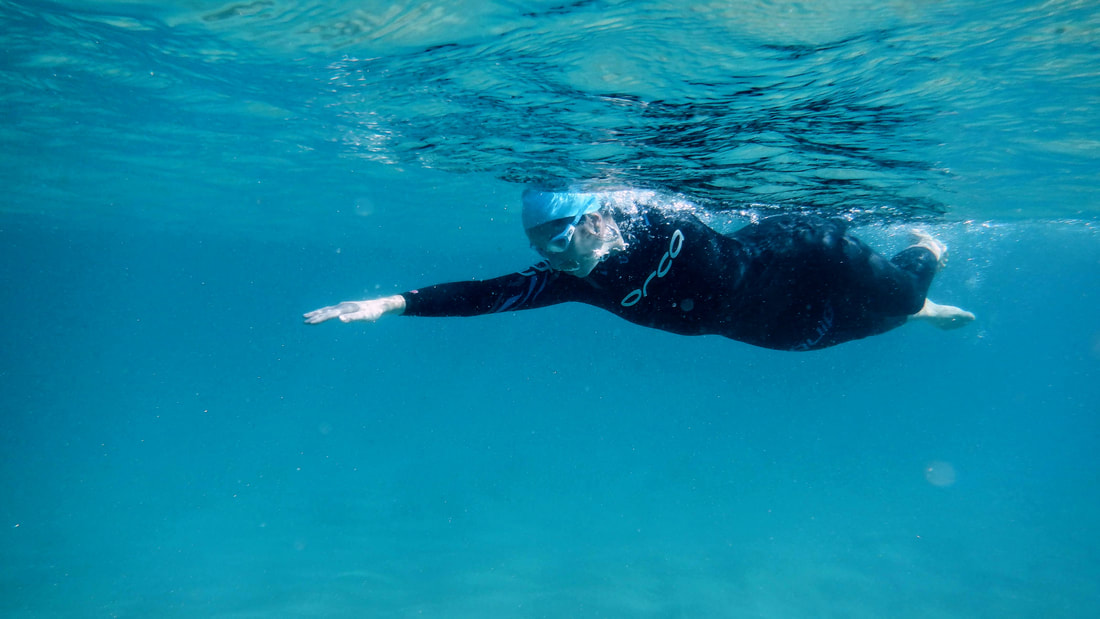

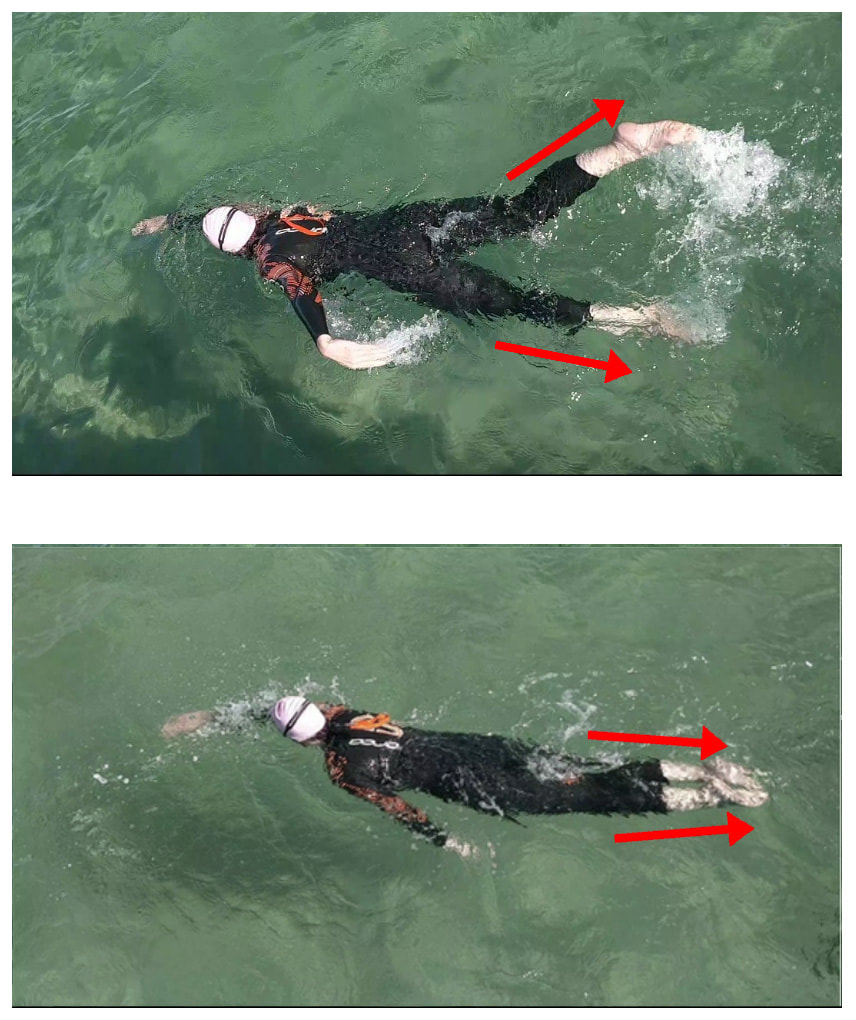
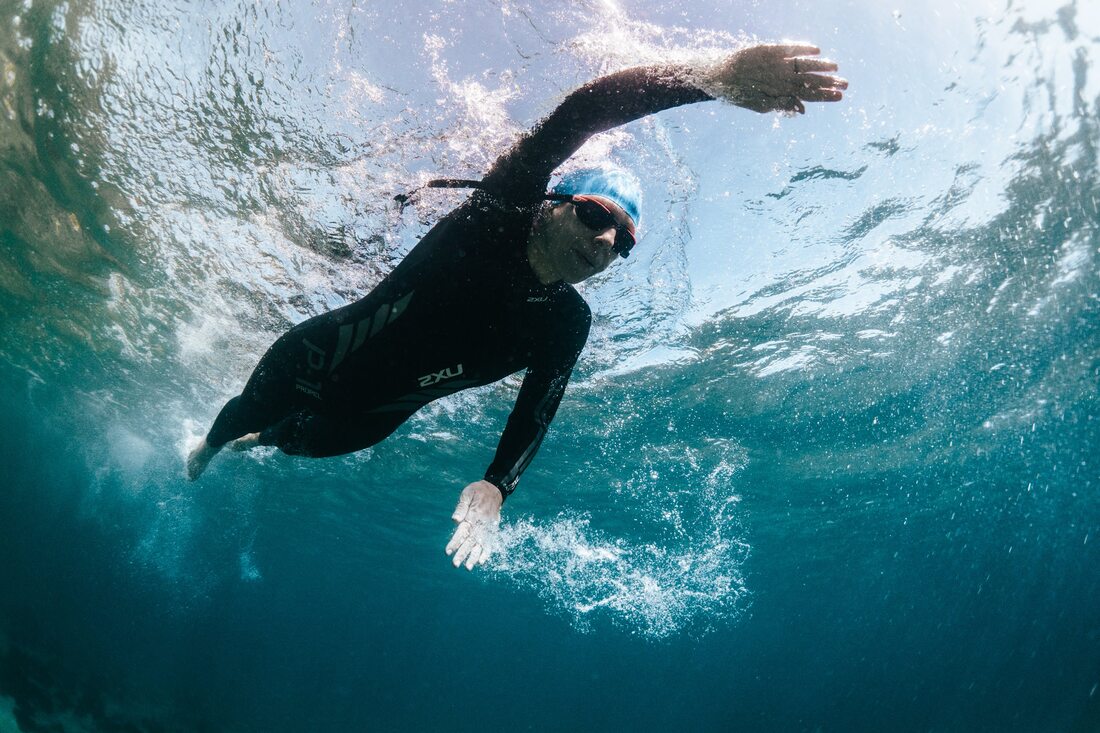
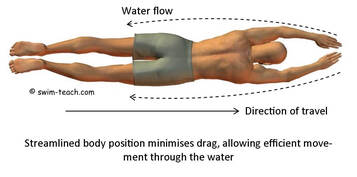

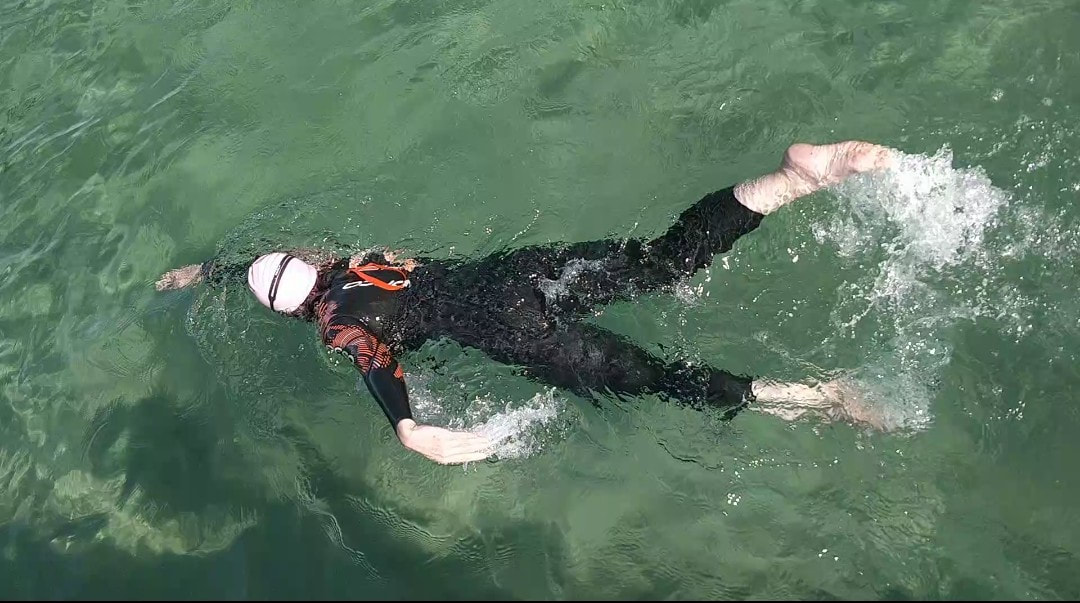
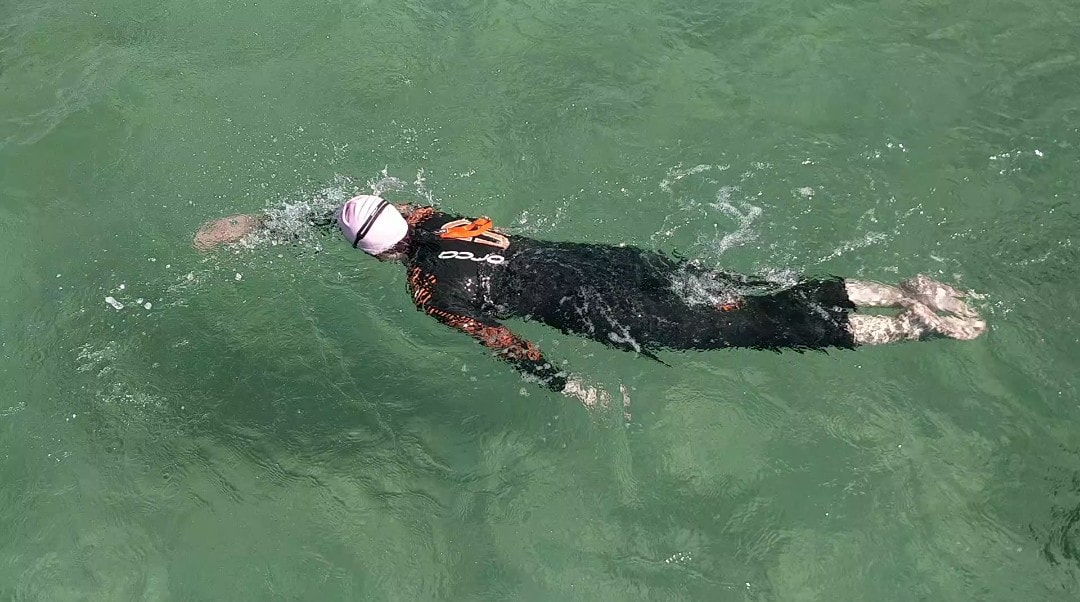
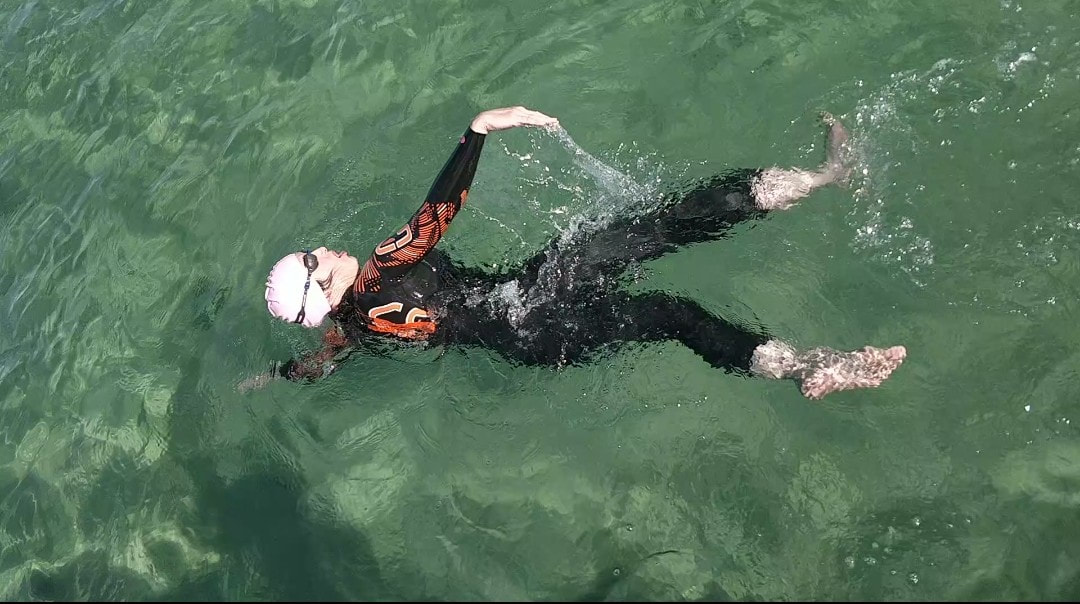
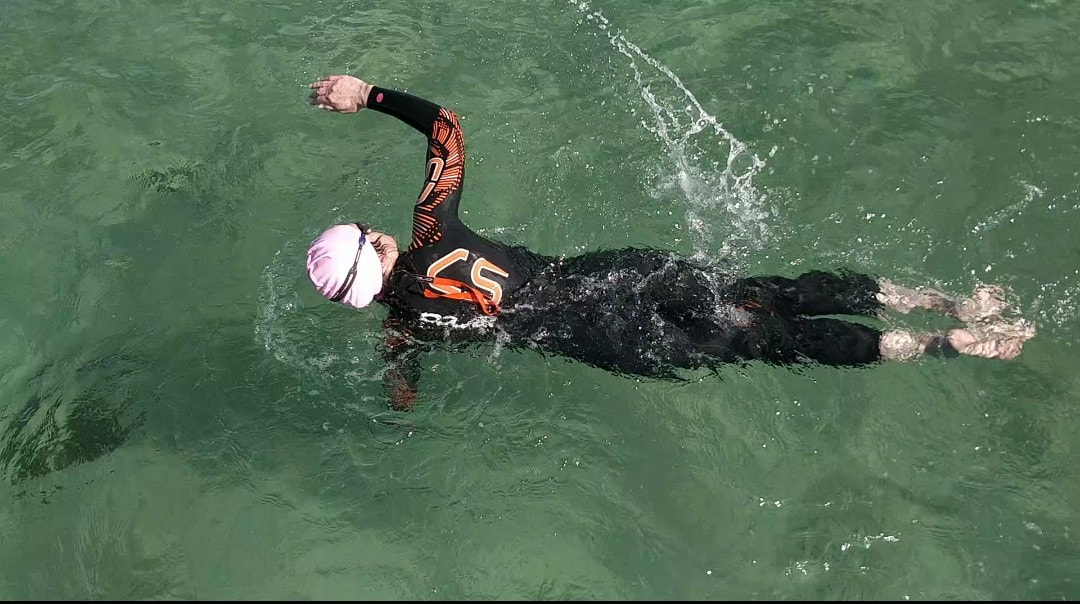
 RSS Feed
RSS Feed

